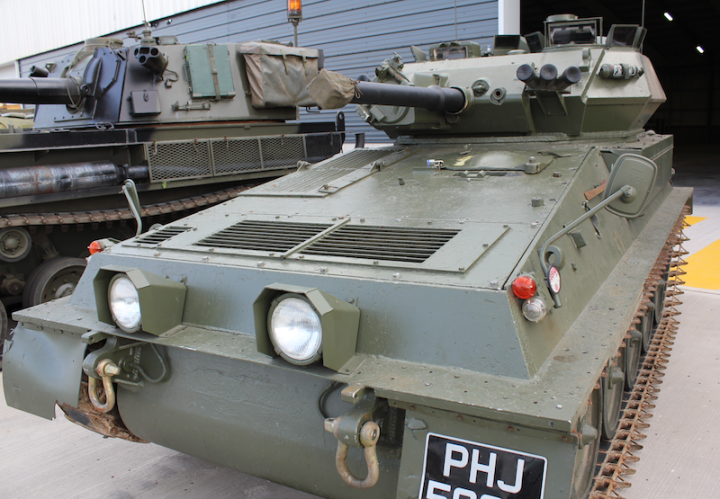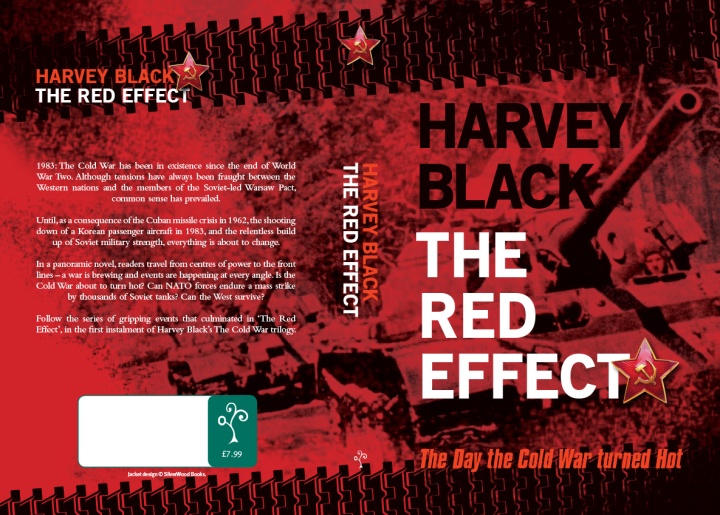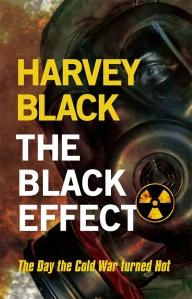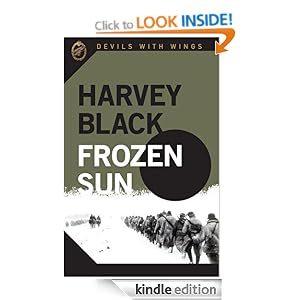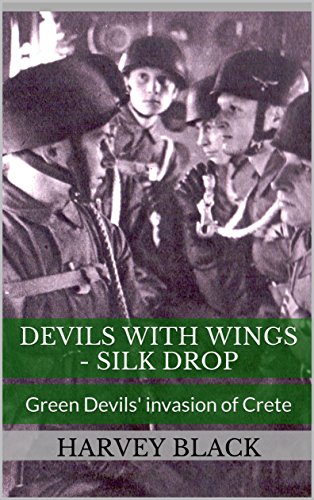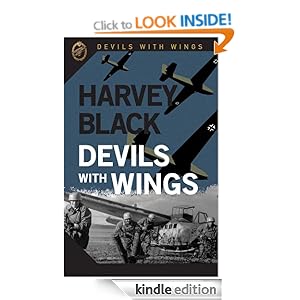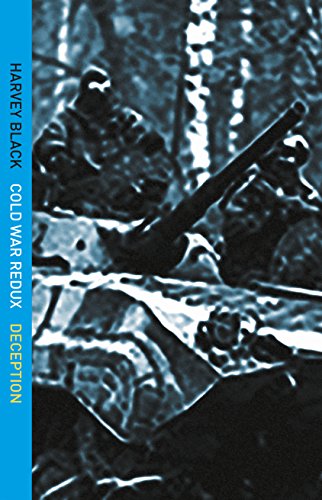Cold War Kit. CVR(T) Scorpion. Part 1.
.
The first novel in my ‘Cold War’ trilogy, The Red Effect, published by SilverWood Books, is now available. Thoroughly enjoyed writing it, as i do with all my novels. There will be three books in total, covering the hypothetical invasion of West Germany, the Federal Republic of Germany, by the Warsaw Pact in the mid 1980’s. Book 1, ‘The Red Effect’, encompasses part of the intelligence build up leading to the initial Warsaw Pact strike against the NATO forces lined up against them. The purpose of the next few posts is to cover some of the Iconic pieces of equipment that would have played a part, should the Cold War have turned Hot.
‘The Red Effect’ by Harvey Black – Available now. The Cold War that became a Hot War.
The Cold War era started very soon after the end of the second world war, when the communist east, led by the Soviet Union, and the Western world, led by the United States and its NATO allies, faced each across what became known as the ‘Iron Curtain’.
The perception of a potential Third World War, was generally one of a nuclear war. It may have come to that. In reality we will never know. But, one scenario is that of a conventional war. The massed forces of the Warsaw Pact against the supposedly technically superior, but weaker, NATO armies, that may well have escalated into a nuclear exchange. But a pure conventional war was just as likely.
.
The FV101 Scorpion is a British armoured reconnaissance vehicle.
.
Manufactured by Alvis, it was put into service by the British Army in 1973.
.
It was used as a reconnaissance vehicle or a light tank.
.
3,000 were produced.
.
The Scorpion was armed with a low-velocity, 76mm L23A1 gun, along with a coaxial 7.62mm machine gun.
.
The first British Regiment to be equipped with the Scorpion were the Blues and Royals
of the Household Cavalry in 1973.
.
Its rate of fire was said to be six rounds per minute.
.
The original engine was the Jaguar J60, a 4.2 litre petrol engine. It was later change to a Cummins or Perkins diesel engine.
.
A Soviet airborne amphibious tracked infantry combat vehicle. It can be palletised and dropped by parachute or off-loaded from an aircraft after a standard runway landing.
.
Present day, airborne troops in Abkhazia.
.
It was also fitted with a nuclear, biological and chemical protection system. There was a toilet beneath the commander’s seat, an internal water tank and a BV. A Boiling Vessel for cooking or heating water.
.
Two troops from B Squadron, Blues and Royals served in the Falklands War.
.
Its low ground pressure, similar to a soldier on foot, was particularly useful on the boggy ground of the Falkland Islands.
.
The armour was made of 12.7mm welded aluminium.
.
A top speed of 45mph, although i am sure it has been driven at a higher speed.
.
Torsion bar suspension.
.
The close reconnaissance troop of an Armoured Regiment each had eight Scorpions.
.
It was used by 21 other countries, including Spain and Togo.
.
The basic chassis of the CVR(T), supported a range of vehicles. FV 102 Striker, anti-tank guided weapon carrier. FV 103 Spartan, armoured personnel carrier. FV 104. Samaritan armoured ambulance.
.
FV 105. Sultan Command Post vehicle. FV 106. Sampson armoured recovery vehicle. FV 107 Scimitar armoured reconnaissance vehicle.
.
i hope this has given you a further insight into what NATO, in particular the British Army, had in their armoury.
The equipment Photographs and Blog are copyrighted to Harvey Black.
‘The Red Effect’ by Harvey Black – Kindle version out now! The Cold War that became a Hot War. Paperback edition imminent.
.








